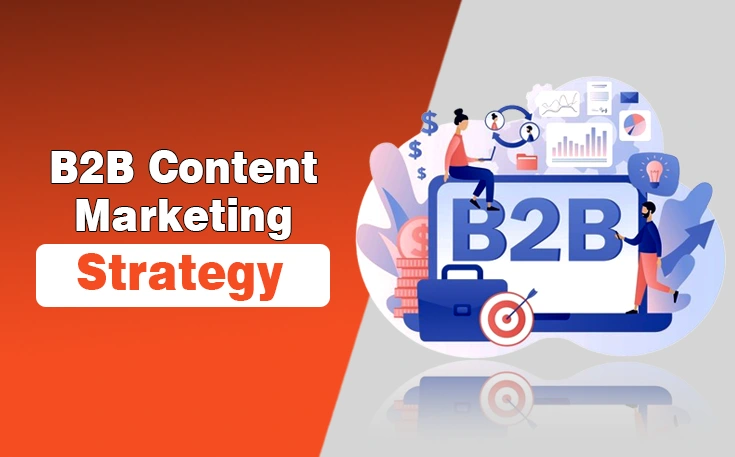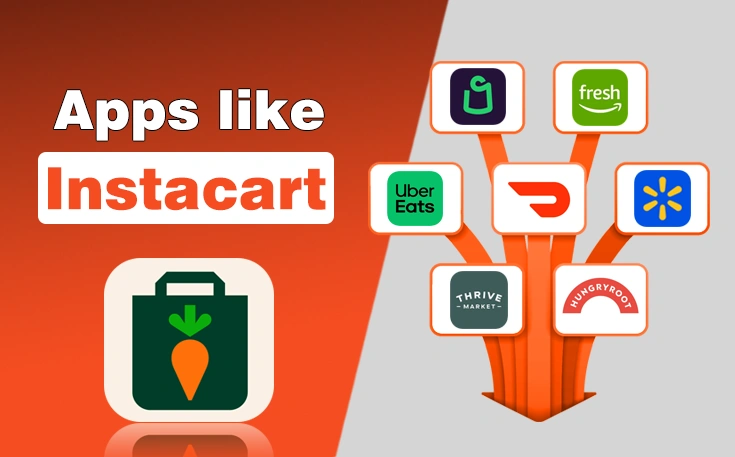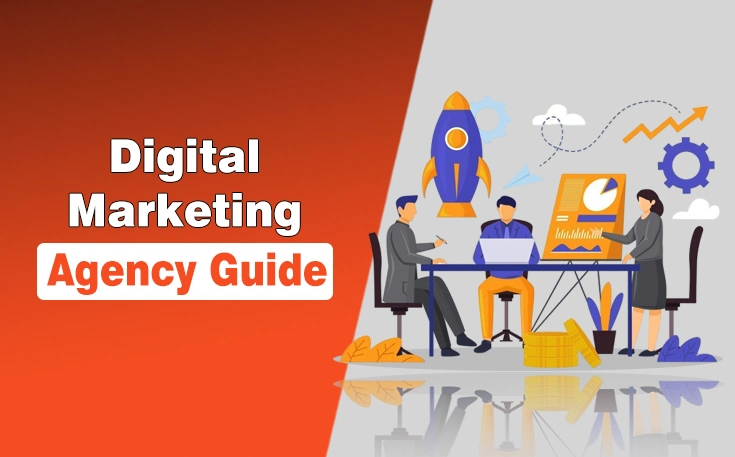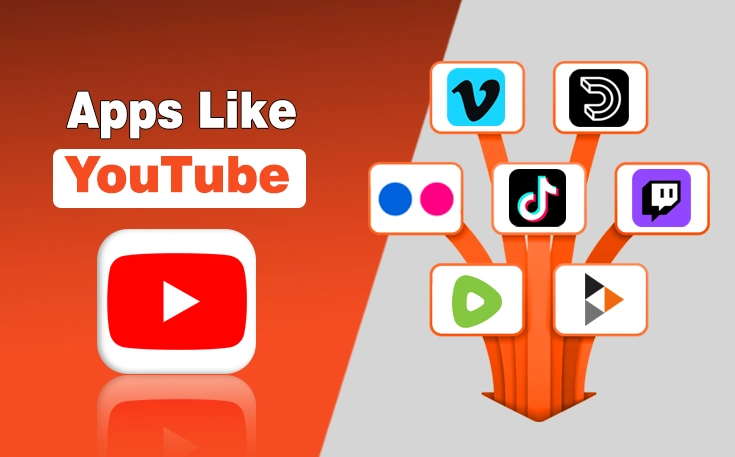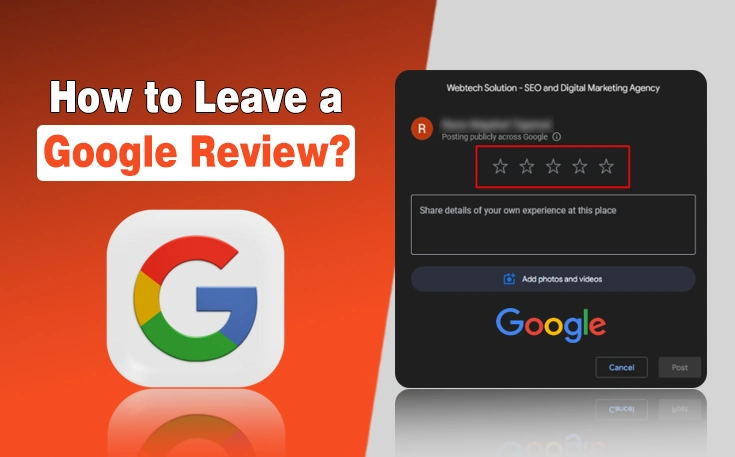Looking for ways to create an effective B2B content marketing strategy? Well, the task is quite challenging but not impossible really.
You only have to understand the requirements of your business and other brands to go out with appealing content that will lock the target. In this way, you will be able to pocket qualified leads and build trust.
However, developing an effective strategy requires careful planning, continuous optimization, and a deep understanding of your target audience. That’s what I am going to explain in this blog post.
Stick with the information below as I have detailed how to perform content marketing for B2B by creating a comprehensive strategy.
How to Develop a Strategy for Content Marketing for B2B Campaigns?
Below are the points that can help you learn how to create a successful B2B content marketing strategy to increase your B2B sales and achieve the desired outcomes.
1. Understand Your Business Goals
Before getting deep into content creation, it is crucial to align your content marketing efforts with your overall business goals. Whether you are aiming to generate leads, increase brand awareness, or build thought leadership in your industry, your content should support these objectives.
- Define clear objectives: Are you looking to drive more traffic to your website? Increase engagement with existing customers? Or perhaps, convert leads into sales?
- Establish measurable KPIs: Set specific metrics such as lead conversion rates, website traffic, social media engagement, or brand awareness to track the success of your content marketing efforts.
2 – Define Your Target Audience
Understanding who you are creating content for is the foundation of a successful B2B content marketing strategy. Your target audience includes decision makers, influencers, and key stakeholders within businesses who can benefit from your product or service.
- Create buyer personas: Develop detailed profiles of your ideal customers. These personas should include demographic information, pain points, goals, and content consumption preferences to get the complete benefits of content marketing.
- Understand their challenges and needs: Next, you should identify what problems your target audience is facing. It will help you create relevant and valuable content that resonates with them.
3 – Conduct a Content Audit
A content audit involves assessing your existing content to identify what has been working and what needs improvement. This step helps to refine your strategy and ensures you are not duplicating efforts or missing important gaps.
- Perform Content Audit: Look at blog posts, whitepapers, case studies, eBooks, and social media posts you have already published. Analyze the performance of each high quality content based on metrics like engagement, conversions, and traffic.
- Identify content gaps: Find areas where your content is lacking or outdated. For example, if you are targeting enterprise level customers but have not created in depth guides, this could be an opportunity.
4. Create a Content Plan and Calendar
Now that you have a clear understanding of your audience and business goals, it is time to create a content plan as it is one of the best actionable content marketing tips. This plan will serve as your roadmap for content creation as it ensures consistency and alignment with your objectives.
- Topic selection: Focus on content topics that address your audience’s pain points and align with your business goals. This could include product tutorials, industry insights, customer case studies, or thought leadership pieces.
- Content format: Determine the types of content that best serve your goals and audience preferences, such as blog posts, infographics, videos, webinars, or whitepapers.
- Content distribution channels: Decide where your content will be published. This could include your website, social media platforms, email newsletters, or third party publications.
- Content calendar: Create a content calendar that maps out when your curated content will be published and on which platform. This will help keep your efforts organized and ensure consistent output.

5. Create High Quality Content
Content quality is key to capturing your audience’s attention and establishing credibility. High quality content should be informative, relevant, and engaging. It should also align with the needs and interests of your target audience.
- Focus on value: You have to make sure that your content provides real value to your audience. Whether it is educating them on a topic, solving a problem, or answering common questions, make sure the content serves a purpose and is E-E-A-T friendly content.
- SEO friendly content: Use keyword research to identify the terms your audience is searching for. Incorporate these low KD keywords and high volume keywords into your content to improve search engine optimization and increase organic traffic.
- Use visuals: Incorporating visuals like images, videos, and infographics can enhance the user experience and improve engagement. Also, you should focus on Image SEO to make them rank in the SERP.
6. Distribute and Promote Your Content
Creating great content is only half the battle. For it to be effective, it needs to reach your target audience. Therefore, you should promote and distribute your content through the right channels is crucial.
- Social media marketing: Share your content across platforms like LinkedIn, Twitter, and Facebook, where your target audience is most active. Each platform may require different content formats and approaches.
- Email marketing: Use email newsletters to deliver content directly to your subscribers. This helps keep your audience engaged and informed about your latest resources.
- Paid advertising: Consider using paid channels like Google Ads or LinkedIn Ads to boost the visibility of high value content.
- Collaborate with influencers and partners: Influencer marketing and strategic business partners help you amplify your content reach through guest blogging, co branded content, or joint webinars.
7. Engage with Your Audience
Content marketing is not just about pushing content out. In fact, it is about building a two way conversation with your audience. Engagement is essential for building relationships, gaining trust, and increasing brand loyalty.
- Respond to comments: Whether on social media, blog posts, or emails, take the time to respond to comments and feedback from your audience. This shows that you value their input and help build a community.
- Encourage interaction: Include calls to action (CTAs) that prompt your audience to engage, such as commenting on a blog post, sharing content, or downloading a resource.
8. Measure and Optimize Performance
To determine the effectiveness of your content marketing strategy, you need to continually measure and optimize your efforts. The following tactics can help you in this regard:
- Use analytics tools: Platforms like Google Analytics, HubSpot, or social media analytics can help you track metrics such as traffic, engagement, leads, and conversions.
- Analyze data: Determine the contents which are performing well and which are not. Are blog posts driving traffic? Are videos increasing engagement?
- Refine your strategy: Based on your analysis, make data driven decisions to improve your content. If certain types of content are underperforming, consider revising the approach or testing different formats.
9. Repurpose Content
To maximize the value of your content, consider repurposing it into different formats or updating it regularly. This not only extends the lifespan of your content but also allows you to reach different segments of your audience.
- Turn blog posts into videos: Repurpose written content into short video snippets or infographics that can be shared on social media or used in webinars.
- Update old content: Refresh outdated content with the latest industry trends, case studies, or data points to keep it relevant and valuable to your audience.
- Create content series: Break down longer content into a series of smaller, digestible contents that can be shared over time.
10. Stay Consistent and Be Patient
Content marketing is a long term strategy that requires consistency, effort, and patience. While you may not see immediate results, sticking to a well executed strategy will pay off over time.
- Consistency is key: Ensure that you are publishing content regularly and that it maintains a consistent tone and message across all channels.
- Be patient: Building trust and authority in your industry takes time. Keep focusing on delivering value to your audience, and the results will follow.
Final Thoughts
These are the details about how to develop a B2B content marketing strategy. Always remember that successful content marketing for B2B campaigns requires a clear understanding of your business goals. Also, you should know about your target audience and the type of content that will engage and convert leads.
You will be on your way to building a content marketing strategy by creating high quality content and distributing it through the right channels. In this way, you can engage with your audience and continually optimize your efforts that will result in meaningful business outcomes.

